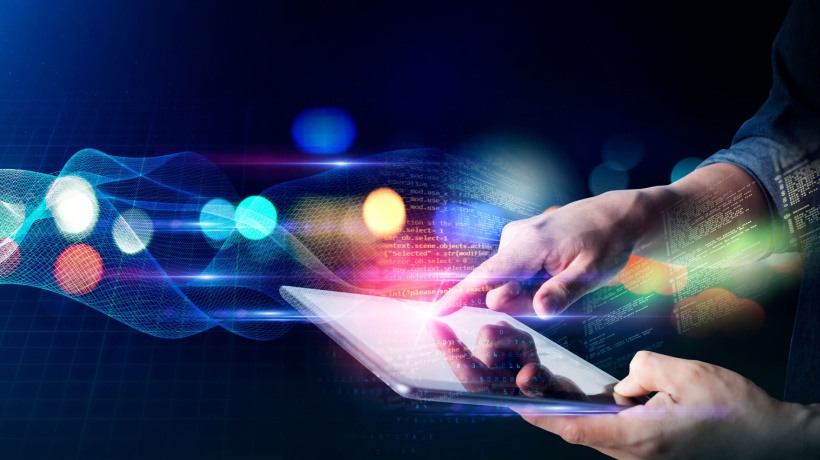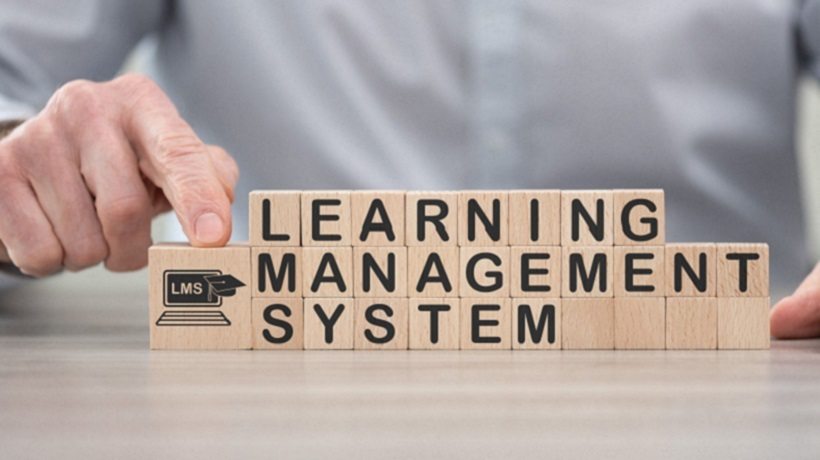LMS API: The Most Important Feature For Training Automation
As training becomes more integrated into workplace operations, the ability to streamline processes and deliver contextual learning becomes more important than ever before.
In order to promote ease of use and engagement, Learning Management Systems (LMS) and other software systems need to be able to work together to provide the best User Experience. An Application Program Interface (API) and webhooks can serve as a bridge between your software systems and your LMS.
What Are APIs And Webhooks?
From a general lens, APIs [1] and webhooks [2] are a programmatic way to transfer data between two systems. Developers can utilize APIs and webhooks to push and pull data between systems in order to perform automated functions.
APIs and webhooks are two sides of the same coin. Both features enable programmatic data transfer between two systems, sometimes even exchanging similar data. The key differences lie in when and why the data was transferred, and the direction of data exchange.
To illustrate APIs and webhooks [3], we can think of a mail app on your phone as an analogy.
The first difference between the two is who initiates the request for data. An action using an API would be analogous to tapping a button to refresh your inbox to check for new mail. In this case, you had to initiate the request for data. Whereas a webhook would be analogous to an automatic push notification to your phone to notify you when mail is received. The data was automatically delivered to you without you having to ask for it.
The second difference is the direction that the data can be exchanged between systems. You can use the API both to gather data from and send data into to the system, but you can only receive data from webhooks. In the inbox example, if you compose a new email, an API would be used to send the data about the new email into the system. A webhook couldn’t be used to accomplish this task because webhooks are only used to receive data and cannot send data to the system.
To recap:
Main Differences Between An API And A Webhook
- API
Requires the initiation of a request before any data is exchanged between systems. Additionally, data can flow in 2 directions: both into and out of the system. - Webhook
Automatically programmed to send data to another system when something happens. Additionally, data only flows in 1 direction: out of the system.

While APIs can often be configured to regularly request any changes to the data in order to accomplish similar tasks to those of a webhook, webhooks provide a simpler and more instantaneous way to receive updates when key events take place. When APIs and webhooks are used in conjunction, a wide range of intelligent and streamlined workflows can be achieved.
How Can An LMS API And Webhooks Be Leveraged?
An LMS API and webhooks can be leveraged to streamline various operational workflows in a company. Below are some sample workflows that can be achieved by leveraging API and webhooks functionality with an LMS.
- Enrolling learners in new online courses via an API. This allows you to enroll a support team member into a course on standards after they receive poor feedback from a customer. Another use case would be to enroll a sales team member into a course on handling objections after they report above a threshold of lost deals.
- Use the API to pull data out of the LMS and analyze it in conjunction with other employee metrics. For example, this would allow you to compare sales performance or ticket response time with course engagement.
- Use webhooks to take triggered actions. This could enable you to alert an employee’s manager if they complete a course with a failing score, or automatically reward an employee in an internal system for a high level of engagement.
You LMS Webhooks app (like Northpass) should allow you to automate and streamline operations and workflows by leveraging learner creation events, learner progress events, and course completion events to trigger specific actions within your systems. With Webhooks, your developers can build deeper integrations with Northpass that enable your systems to take action based on learner interactions with training.
You can enable and receive Webhooks when a new learner is created when a learner completes a course, or when a learner completes an activity.
Summary
In today’s world of connected systems, learning should be at the center of many different systems and operations and should be delivered when and where it’s needed most. It is through APIs and webhooks that the future of contextually relevant learning delivered in the right place at the right time becomes a possibility.
As you plan out the future of your training program, seek to adopt an LMS that offers an API or webhooks. Bring in an engineer to help you discover the best solutions for your use case, and establish an ongoing collaboration with your technical team to help you streamline, contextualize, and scale your training operations.
Remember, the LMS is a critical part of how your training content is going to be delivered, and how you will assess learners and evaluate the success of your program. To get more details about API's, webhooks, and everything else you need to know about to purchase the right LMS, take a look at The Complete LMS Buying Guide For SMBs.
References:
- What is an API? In English, please.
- What’s a Webhook?
- Webhook vs API: What’s the Difference Between Them?










